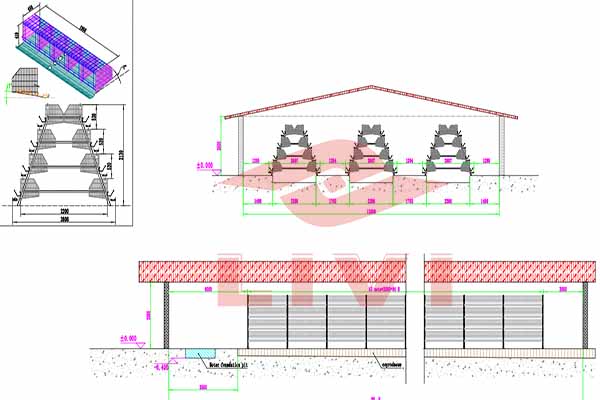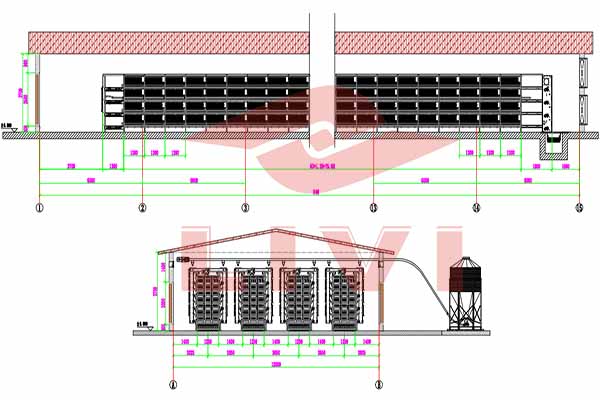Best Biosecurity Measures for a 100,000-Layer Poultry Farm in Tanzania
Introduction
Managing a 100,000-layer poultry farm in Tanzania requires robust biosecurity measures to ensure the health and productivity of the flock. This article outlines the best practices to implement for biosecurity in such a large-scale operation.
Preventive Measures
Before establishing the farm, several preventive measures should be taken:
- Site Selection: Choose a location far from residential areas and potential wildlife habitats to reduce the risk of diseases spreading.
- Isolation: Set up isolation zones for new birds to minimize the introduction of diseases.
- Regular Disinfection: Implement a comprehensive disinfection program for equipment and vehicles entering the farm.
- Employee Training: Educate staff on biosecurity protocols and the importance of following them consistently.
Monitoring and Detection
Early detection of diseases can prevent widespread outbreaks. Here are some strategies:
- Regular Health Checks: Conduct weekly health checks for the flock, observing for any signs of illness.
- Surveillance Systems: Use automated surveillance systems to monitor bird behavior and detect early signs of disease.
- Testing: Regularly test birds for diseases using diagnostic tools.
Response and Containment
In the event of a disease outbreak, rapid response and containment are crucial:
- Immediate Isolation: Isolate the affected birds to prevent disease spread.
- Quarantine: Quarantine personnel and vehicles to minimize contact with other areas of the farm.
- Treatment and Vaccination: Treat affected birds and vaccinate the flock to prevent further outbreaks.
Conclusion
Implementing the right biosecurity measures is vital for the success of a 100,000-layer poultry farm in Tanzania. By following these best practices, you can protect your investment and ensure a healthy, productive flock.
Contact us for a free bird farming design plan and equipment quotation. We’re here to help you achieve the best results in your poultry farm.





